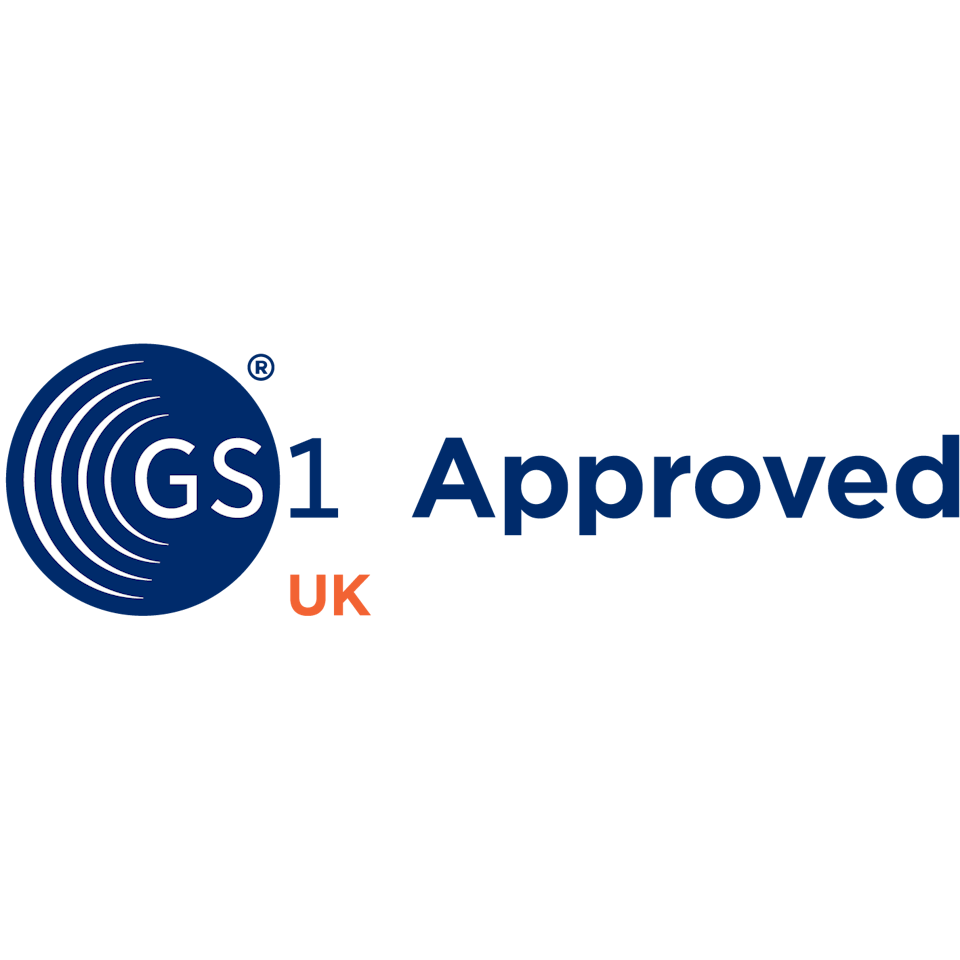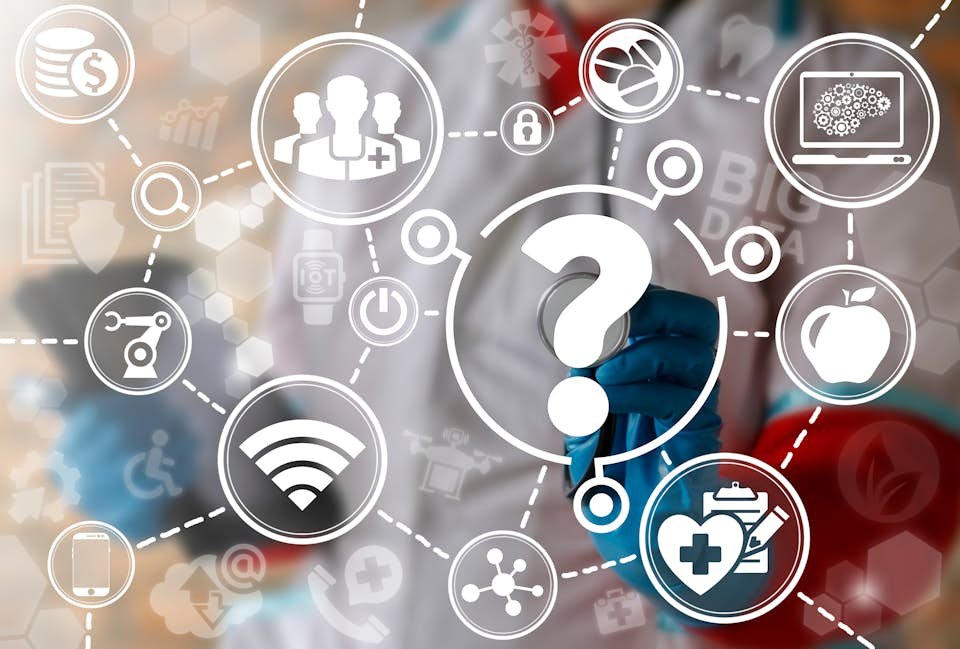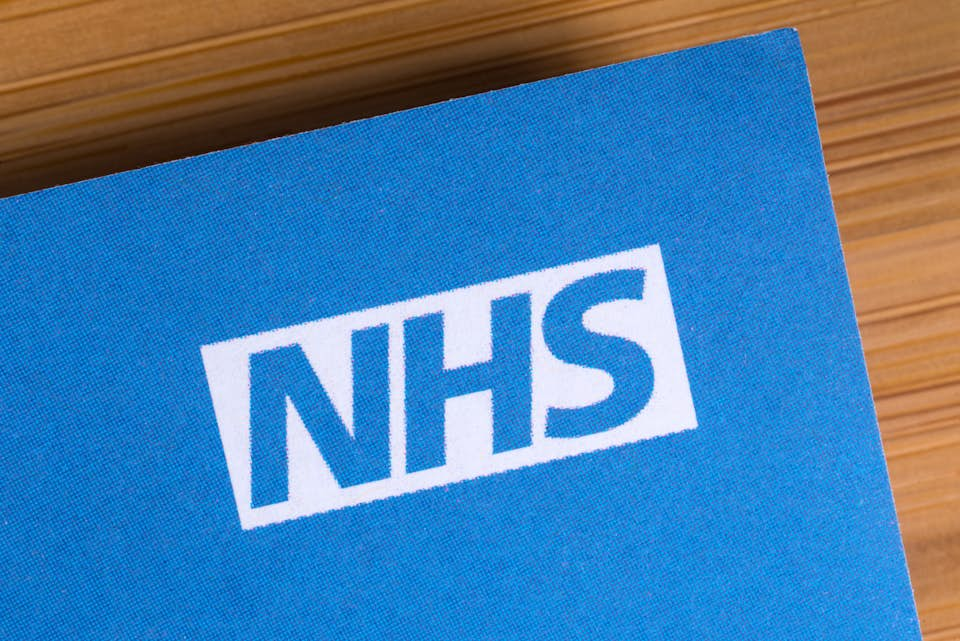GS1 Standards in healthcare
GS1 standards in healthcare facilitate accurate identification, data capture, and sharing of medical products, devices, and patients. They enhance patient safety, supply chain efficiency, and regulatory compliance for healthcare organizations.

What are GS1 Standards?
GS1 standards provide a common language that enables businesses and organisations all over the world to uniquely identify, accurately capture and automatically share information in the same way. The standards describe how different types of GS1 barcodes and identifiers, such as GTIN and SSCC, should be used. Setting a global standard for how products, assets, documents and locations are identified makes it possible for the right product to be in the right place at the right time. This is critical to maintaining a quick and efficient supply chain, meaning patients receive safer treatment and better care, and consumers can find the products they are looking for.

What are the benefits of GS1 Standards in healthcare?
The use of GS1 standards in healthcare supports the five ‘patient rights’ – right patient, right drug or device, right time, right dose and right route – which helps reduce errors and increase patient safety. There are many ways in which adopting GS1 standards can lead to better patient outcomes. For example, using GS1 barcodes to record data in clinical systems improves the speed and accuracy of data capture, enabling real-time traceability and recall of medical devices that are faulty and/or require maintenance. This not only provides visibility of medical equipment, saving clinicians and clinical engineering teams’ valuable time in searching for assets, but it also helps prevent substandard and not fit for purpose devices from reaching patients, reducing risk through fewer adverse incidents.
As well as patient safety, GS1 standards help to improve operational efficiencies. The standards enable more efficient procurement and supply chain management. Using GS1 standards for inventory management creates visibility, allowing clinical engineering teams to monitor inventory levels and only purchase new medical equipment and devices when required. Access to accurate data, based on GS1 standards, makes the auditing of assets easier and more efficient, helping healthcare providers to plan and make informed decisions about the allocation of resources, costs and clinical productivity.
Why are hospitals in the UK adopting GS! Standards?
The Scan4Safety initiative was launched by the Department of Health and Social Care (DHSC) in 2016 with the primary aim of increasing patient safety in the NHS. Seeing the success of the adoption of GS1 standards in supply chains and industries across the world, the DHSC saw the potential for transformation in the NHS.
The initiative started with a pilot programme where six NHS Trusts were provided with the knowledge, tools and funding to implement GS1 standards for the unique identification of every person, product and place within the healthcare setting.
The pilot programme was very successful, with huge savings – 140,000 hours of clinical time was released to care, almost £5m of recurrent inventory savings and £9m of non-recurrent inventory reductions. Most importantly, by reducing the time spent on tasks and eliminating manual processes, hospitals are able to release valuable time back to patient care and, by improving operational efficiencies, healthcare providers are able to meet patient demand more effectively.
Following the success of the pilot, Scan4Safety and the adoption of GS1 standards continues to gain momentum across the UK. In December 2022, the four nations of the UK stated their commitment to the widespread rollout of GS1 standards for unique identification by issuing a joint letter signed by leading professionals in healthcare on behalf of NHS England, NHS Scotland, NHS Wales Shared Services Partnership and Health and Social Care Ireland.

GS1 Standards at Lyngsoe Systems
At Lyngsoe Systems, we’re proud to be a GS1 UK partner – this means we work with GS1 UK to support industry-wide development and provide quality assurance through the adoption of GS1 standards.
Our real-time asset tracking solution for healthcare, X-Tracking™, is GS1 approved and supports bed tracking, medical devices tracking, sterile goods tracking and safety equipment tracking in hospitals and other healthcare settings. X-Tracking™ combines technologies, including RFID, Wi-Fi, BLE and barcodes, and has a five-layer architecture structure to capture and manage GS1 compliant data.
The X-Tracking™ platform integrates with third party asset management solutions, providing the live data required to effectively manage hospital assets. This is delivered through an EPCIS data interface, which exchanges master data and tracking information with third party platforms. EPCIS is GS1’s flagship data sharing standard within organisations and across entire supply chains.
If you have any questions about GS1 standards or are seeking to implement a GS1 compliant healthcare asset tracking solution, reach out to our team of experts.
Learn how X-Tracking is used
Bed Tracking
Bed tracking and bed management are both crucial in hospitals. Bed management involves allocating and providing beds efficiently, while bed tracking provides real-time visibility of bed locations and statuses. Both are essential for optimizing patient flow and maximizing bed utilization.
Sterile Goods Tracking
Efficient sterile goods management is critical in hospitals to ensure timely patient care. Accurate tracking of sterilized instruments and equipment minimizes delays and optimizes efficiency, reducing operational challenges and staff burden.
Medical Devices Tracking
Tracking mobile medical devices is crucial in busy hospital environments. Categorizing devices based on risk helps prioritize their management. Low-risk devices (Class I) include non-electric wheelchairs, bandages, and some handheld surgical instruments, requiring minimal maintenance.
Safety Equipment Tracking
Safety equipment in hospitals, including patient moving and handling tools and respiratory protective equipment (RPE), plays a critical role in protecting both patients and staff. Efficient tracking of these items ensures safe mobility and minimizes the risk of infections.
Need a compliant tracking system?
Contact our team of experts now.
Explore More Articles
